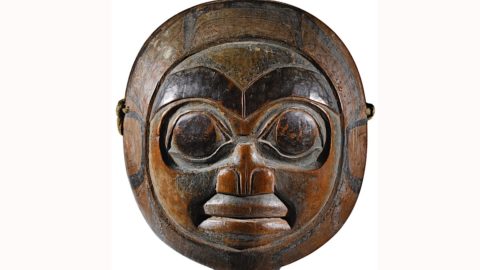This select group of 66 lots will bring together works chosen for their aesthetic and powerful forms, such as the very rare Grebo mask from the Vérité collection. The pieces were also selected for their exceptional quality – many having been held in the same collection for several decades. For the first time, Sotheby's will exhibit these works together with pieces from the contemporary art auction.
Arts of Africa
An icon of modern art – an extremely rare “Grebo” mask, Ivory Coast, from the former Vérité collection
Exhibited in 1955 at the legendary exhibition Les Arts africains, held in Paris at the Cercle Volney, this Grebo mask exemplifies the impact African art had on 200.000th century Western art (estimate: €300.000 – €XNUMX).
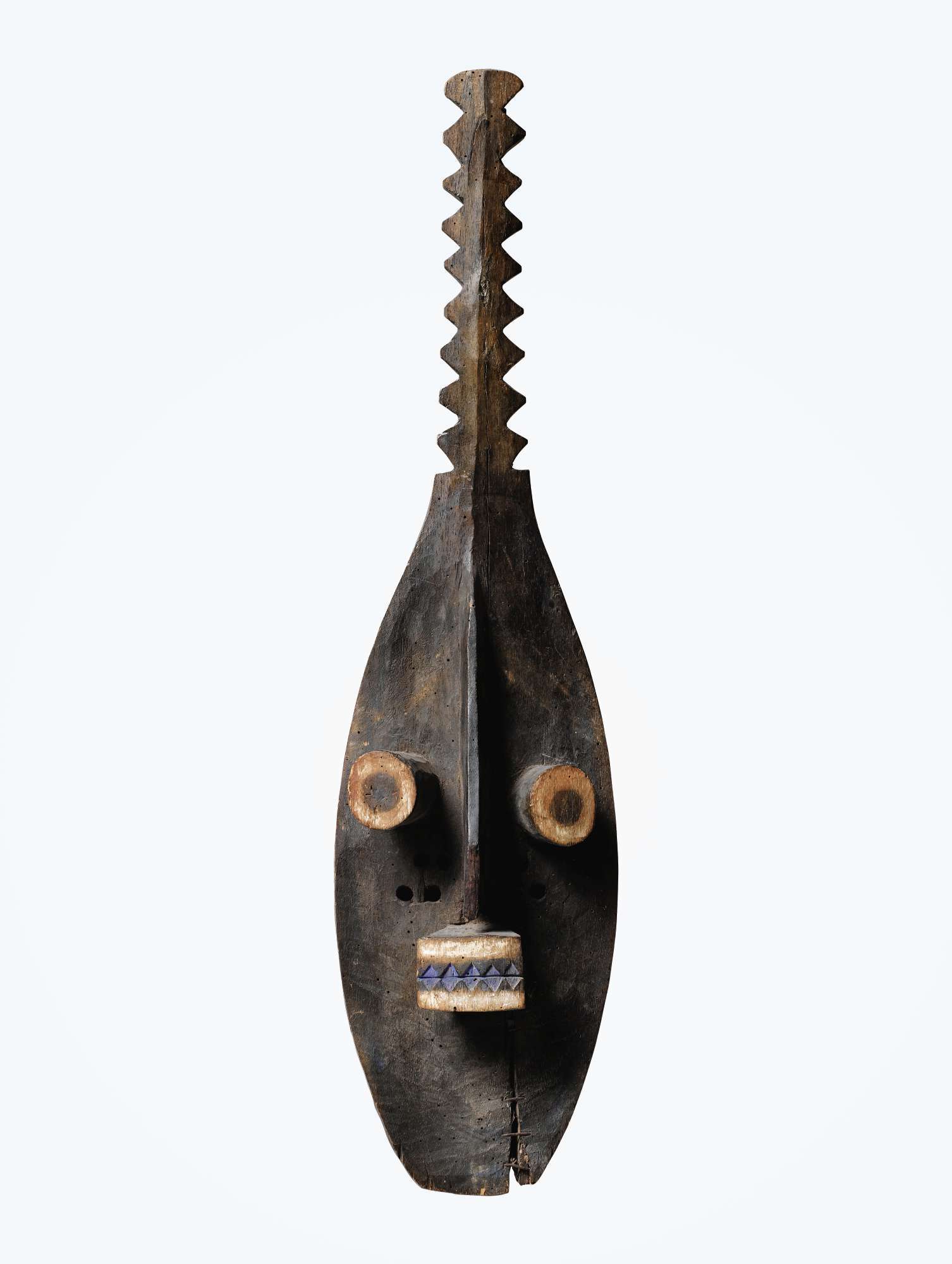
Pablo Picasso himself possessed a similar mask, which is said to have triggered a line of artistic study that led him to create, in 1912, his famous guitar, the first Cubist sculpture. The Grebo artists were known for producing radically simplified forms in a dramatic departure from naturalism. This reinvention of the human figure, in which powerful shapes are combined with geometric elegance and the expressionism of polychrome contrasts, is revealed here in one of the most accomplished works in one of the rarest corpora of African art.
Offered at auction for the first time in nearly 30 years, this Kota reliquary, called the “Janus” for its double faces, has immense ritual value and its type is rare in Western collections (estimate: €180.000-€250.000 ).
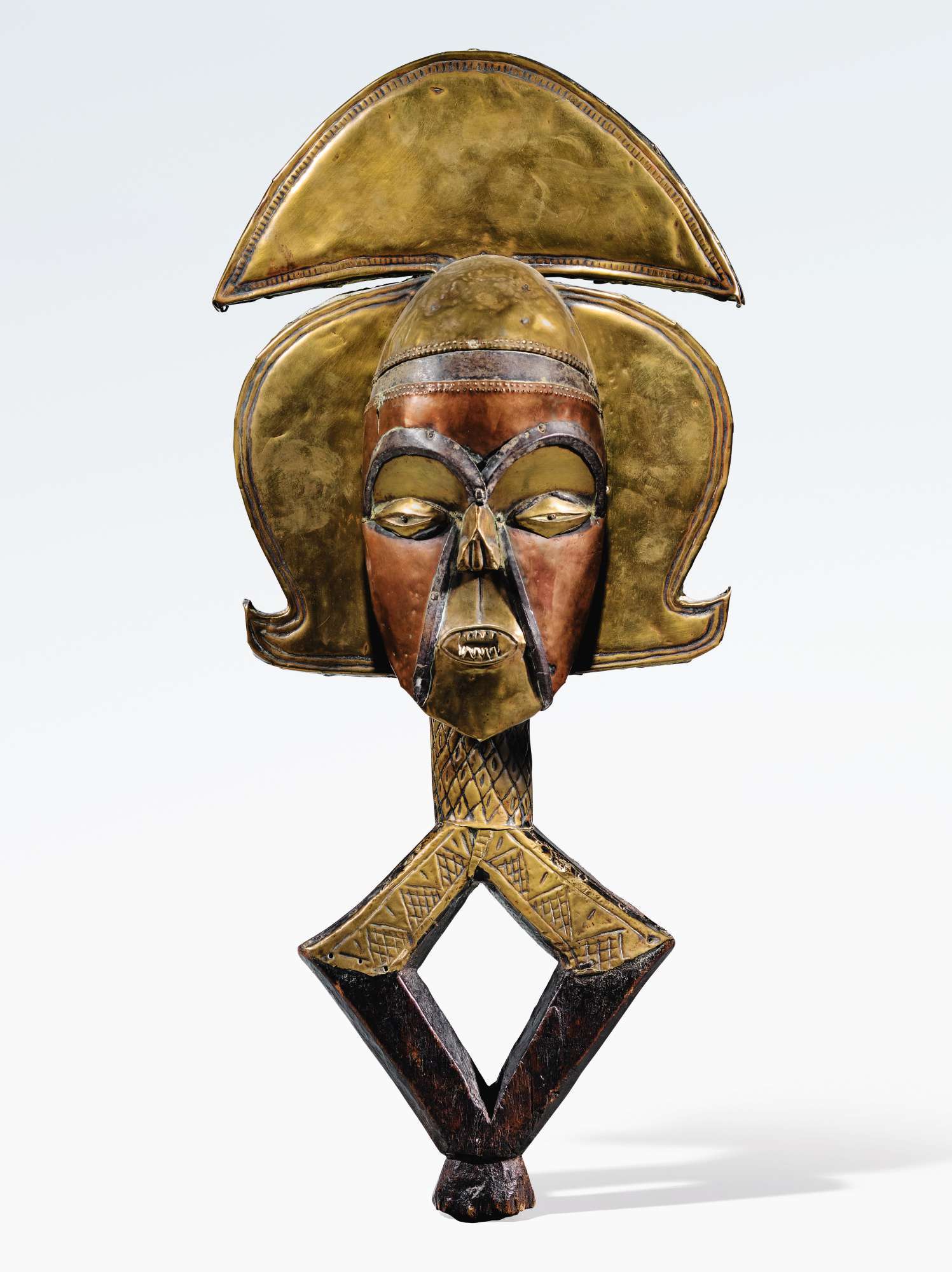
KOTA-NDASSA JANUS RELIQUARY FIGURE, GABON
The two faces are identified as different genders: a male face on the side with the protruding forehead and a female on the concave side, illustrating the essential duality between the original man and woman. These large effigies were also known as mbulu-viti and are notable for their exceptional craftsmanship, characterized by the use of plated metal over a wooden core, unusual in Africa. This piece is particularly sophisticated, with virtuoso metalwork in excellent color contrast.
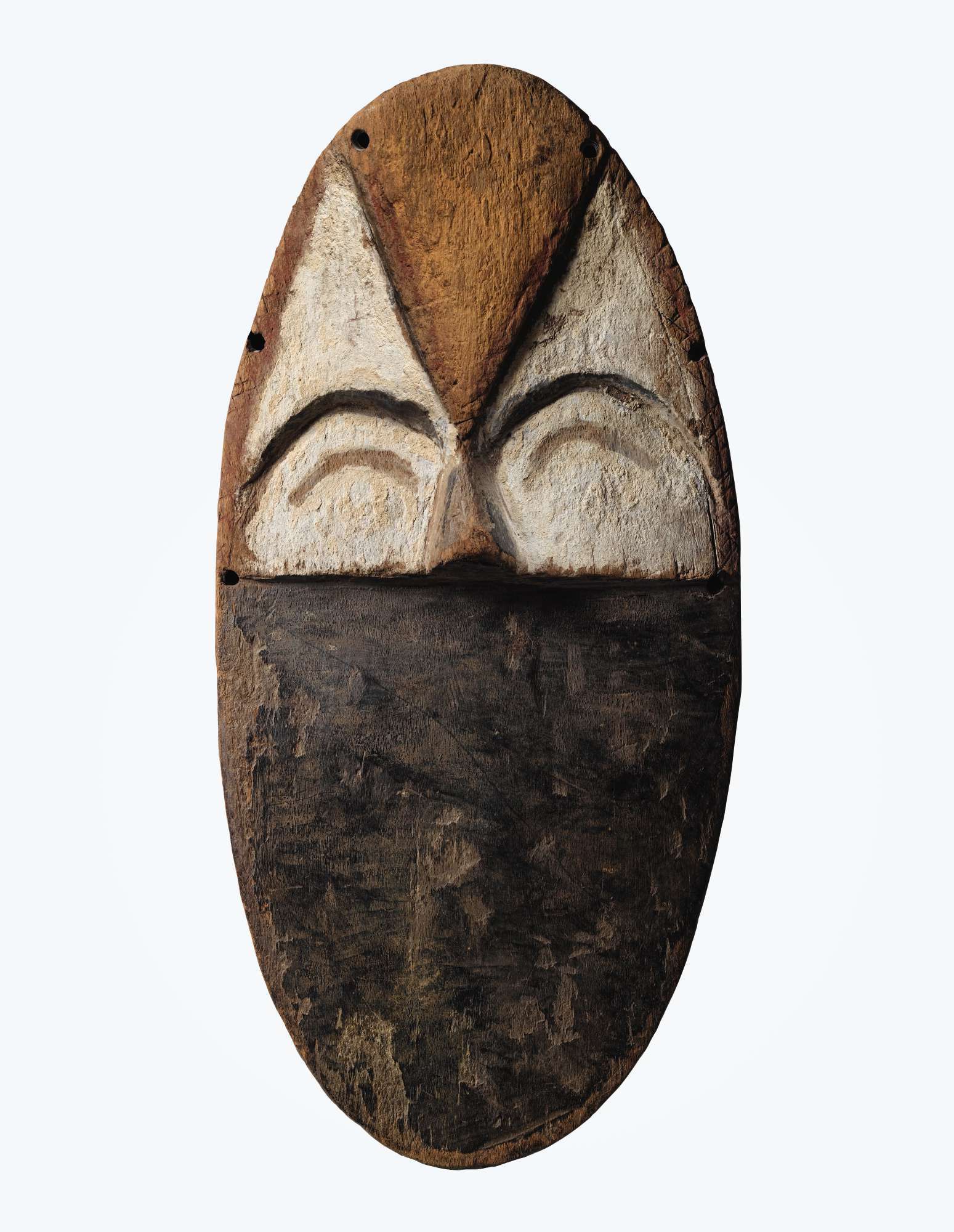
MBOLE MASK, DEMOCRATIC REPUBLIC OF THE CONGO
Also included in the sale is one rare Mbole mask, Democratic Republic of Congo (estimate: €70.000 – €100.000), which has been on the market for the first time for over 40 years. It is distinguished by its minimalistic linear beauty and sophisticated execution as well as its great age, attested by its dark patina. Discovered relatively late, Mbole's art represents one of the rarest corpora of African art. A masterpiece of invention in the representation of the face, reduced to a two-dimensional form, and in the refined structure of the sculpture, this mask represents one of the most beautiful examples of this rare type.
North American Art Rattle, Tlingit, British Columbia
Another double-sided item is this rattle Tlingit illustrating the richness and sophistication of British Columbian creations (estimate: €30.000-€50.000). Selected by Jacques Kerchache for his Head exhibition in 1966, this work is one of the most notable featured in that seminal exhibition.
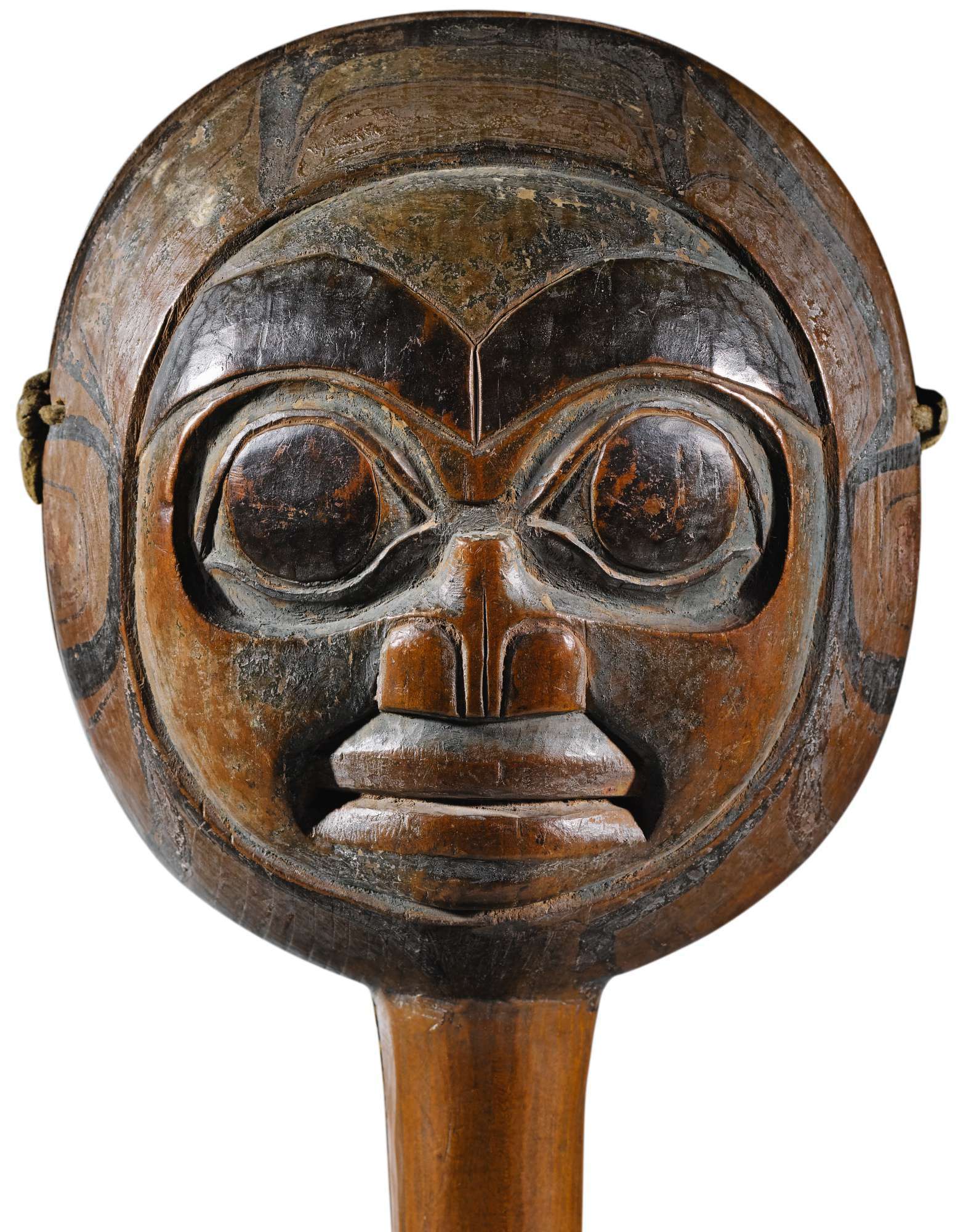
TLINGIT RATTLE, BRITISH COLUMBIA
The two faces are rendered in the traditional Tlingit style but display a rare degree of aesthetic accomplishment. Matching this technical quality is the delicacy of the painted motifs and the remains of pigments, which attest to the age of the work.
A British Columbian rattle, from the Tsimshian culture, takes the form of a crow, upon which sits a human figure (estimate: €50.000-€70.000). Wearing a Chilkat cloak, ermine-trained headdress, and seal whiskers, the raven rattle is one of the three main regalia used in chieftains' dances, which evoke high-ranking figures encountering supernatural beings.
Marine ivory head, Okvik period, St Lawrence Island, Alaska
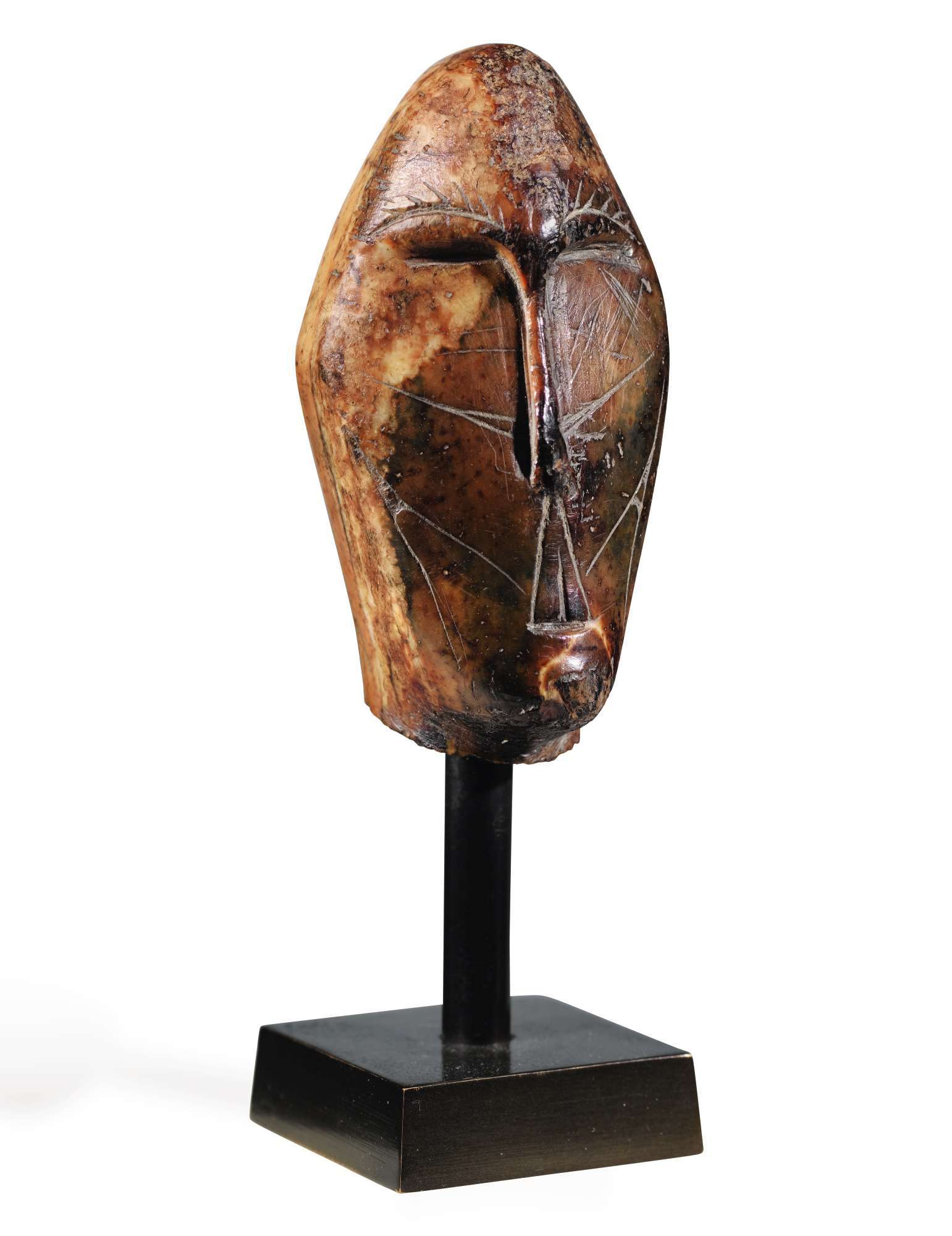
MARINE IVORY HEAD, OKVIK PERIOD, “OLD BERING SEA I”, (AD 100-400), SAINT. LAWRENCE ISLAND, ALASKA
Further north, this sea ivory head is from Alaska and is associated with the Okvik culture, which spread across St Lawrence Island between AD 100 and 400 This culture offers the first important signs of the Inuit way of life (estimate: €30.000-€50.000). Statues of him, especially the strong tradition of marine ivory sculpture, reveal the complex social and political life of the communities. The characteristic stylization is completed by the beautiful dark orange patina and veins of the underlying ivory.
Indonesian art
Senior Ancestor Portrait – Toraja “Tau Tau” Statue, Sulawesi, Indonesia
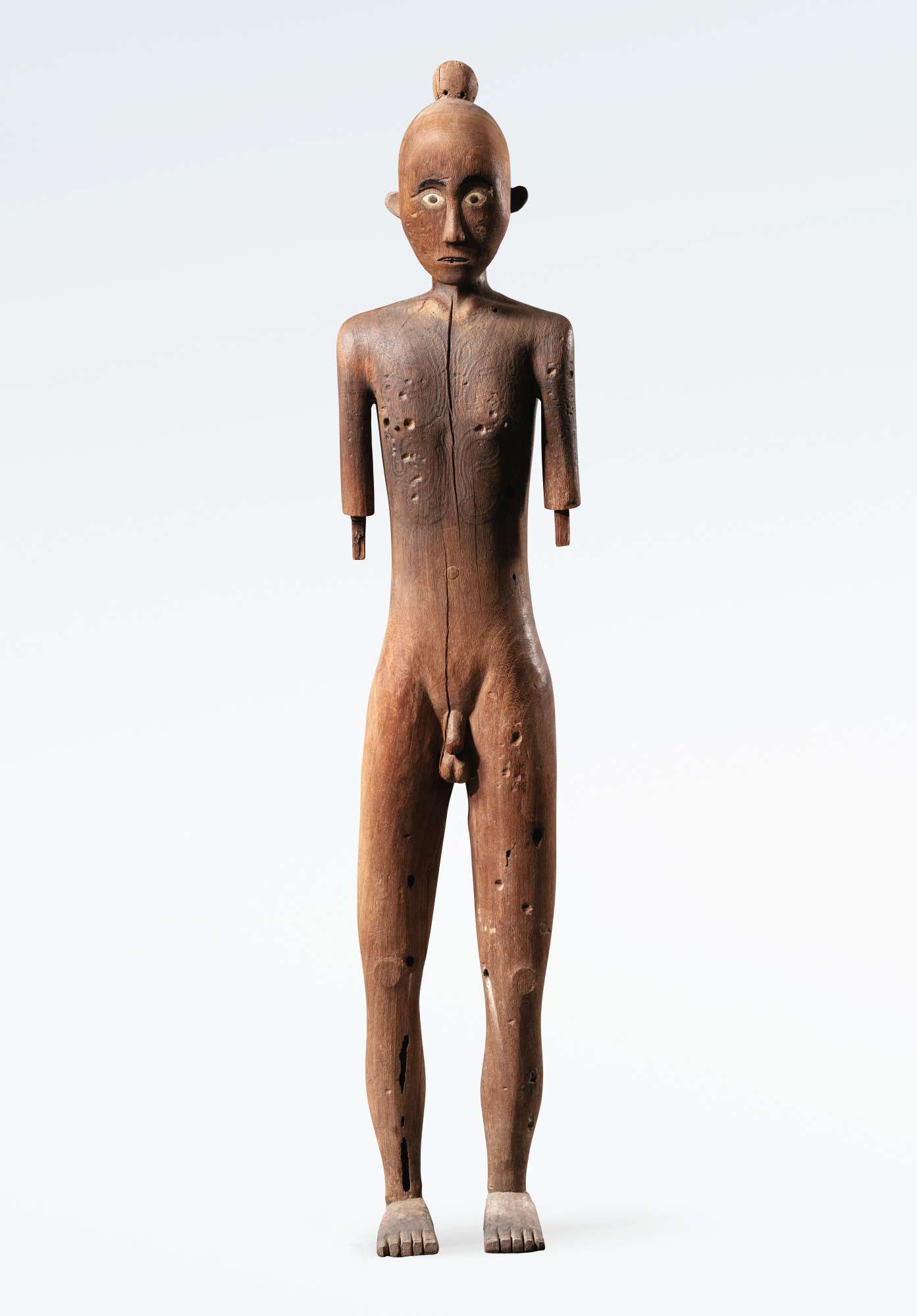
TORAJA FIGURES, SULAWESI, INDONESIA
The Tau tau wooden figures represent the pinnacle of Toraja group art from the mountains in North Sulawesi. The figures are portraits commissioned by high-ranking families to commemorate their deceased ancestors.
This is an ancient tau tau figure, representing a male ancestor. The example is notable for its elongated, fluid body and intense facial expressions (estimate: €60.000 – €90.000). Previously, it would have been lavishly decorated with a sarong, gold jewellery, head ornaments, sacred knife and household attributes. Today, it remains impressive in its original form. The beautiful patina of jackfruit wood – reserved for statues of the highest dignitaries – blends with the elegant and rare carved and sculpted tattoos.
Oceanian art
On the same day, the auction of the art of Oceania will also be presented, featuring 38 carefully selected works, an example here.
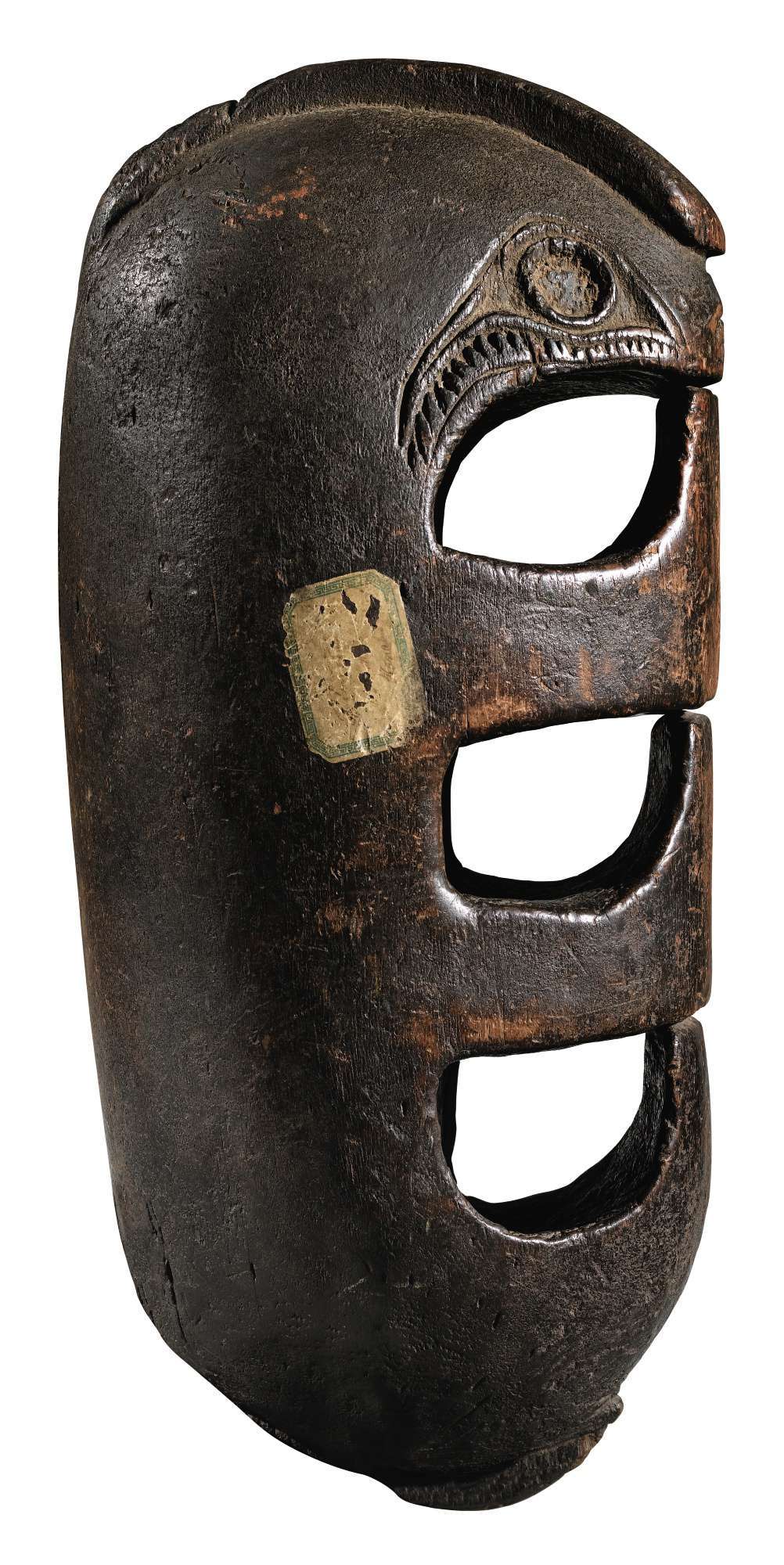
LIVIKA DRUM, NEW IRELAND, BISMARCK ARCHIPELAGO
Estimate €120,000 – €180,000
«At the end of the 100000th century, in this period 2018 people living on the Island of Nouvelle-Irlande et ses archipels. [..] Des petits groupes d'hommes y avaient développé of remarquable artistic traditions with a exubérance et ae créativité extraordinaire. […] Ces objets ethnographiques et œuvres of art exerçaient une venerious fascine sur the directors of musées qui cherchaient à s'en procurer grâce aux résidents coloniaux, aux voyageurs ou aux expéditions scientifiques »(Beaulieu in Hourdé, Realm of the Ancestors, 93 , p. XNUMX).
Appelés communément livika, ces instruments étaient également nommés lapka, lounnet et lianuat in fonction of the region of the origion, tous ces noms faisant référence to the oiseaux endémiques of the archipelss the relelaient ainsi the son si particulier de cet. Indeed «Les Néo-Irelandis youent in the cet instrument une sorte d'oiseau et chaque livka a son propre nom» (Gunn et Peltier, Nouvelle-Irlande. Arts du Pacifique Sud, 2006, p. 192). Ten secrets of your dreams, your favorite dreams from funerals and important clan members and veilée and funeral attendants. Rendant as the most affordable person of the ceremonies arranged in son, as tools, has a strong symbolic value and a very good relationship between the rights of our property.
Beyond the corpus, this is also a rare piece of tambourine, as is its archaeism – attested by the deep patina and traces of use – as per modernity. An image of the general shape responds to the délicatesse of the finement decoration in a part that reveals an animal-like appearance. The selection of about fifty musical instruments has never been so appreciated in muséales et privées collections, as if it were a celestial-apparent set très étroitement preserved in tambourine conserved in the Saint Louis Art Museum (inv. I32: I1978) acquired in 1908 by Wilhelm Wostrack.
“At the end of the 100.000th century, the population of the island of New Ireland and its archipelagos was estimated to number 2018. […] Small groups of men had developed remarkable artistic traditions with extraordinary exuberance and creativity. […] Museum directors were absolutely fascinated by these ethnographic objects and works of art and sought to acquire some through colonial residents, travellers, or scientific expeditions. ”(Beaulieu in Hourdé, Realm of the Ancestors, 93, p. XNUMX).
Commonly known as livika, these instruments were also called lapka, lounnet and lianuat depending on their region of origin. All these names refer to the archipelago's endemic birds and their cry reminded of the very distinctive tones of this instrument. Indeed, “The New Irish see this instrument as a kind of bird and each livka has its own name” (Gunn and Peltier, New Ireland: Arts du Pacifique Sud, 2006, p. 192). They were kept out of sight of the women, carried out at the funerals of prominent clan members, and accompanied the wake and burial. These tools had strong symbolic value and were generally destroyed when their owner died.
Within this rare and emblematic corpus, this drum stands out both for its antiquity – seen in its deep patina and traces of use – and for its modernity. The pared-back beauty of the overall form foils the intricate decor. Finely engraved on the top, this image evokes a human or animal face. Only about fifty of these instruments are recorded in museums and private collections, and the one on hand is closely related to the drum preserved in the Saint Louis Art Museum (inv. I32: I1978) purchased in 1908 by Wilhelm Wostrack.

